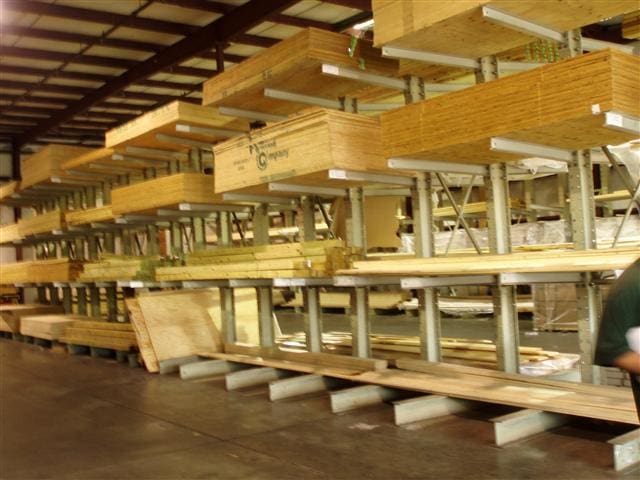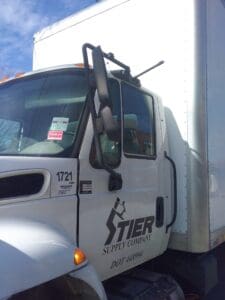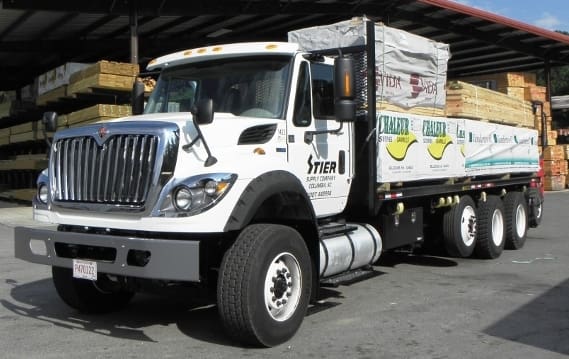Introduction
Lesson 1 - Lifting equipment
Lesson 2 - Lifting and Moving
Lesson 3 - Manual Handling precautions - Lifting, Push, Pull
Lesson 4 - Mechanical lifting and transporting assistance
Lesson 5 -
Lesson 6 -LOTO - Lock Out Tag Out
Lesson 7 - Forklift traffic
Lesson 8 - PPE/ gloves, safety glasses, footwear
Lesson 9 - Stacking Materials
Lesson 10 - Loading, Transporting, and Unloading
Lesson 11 - Securing the load
Straps, Poles, Proper placement, load shifts
lesson 12 - In Case of...
evacuation
injury
illness
The ability to handle materials-to move them from one location to another, whether during transit or at the worksite-is vital to all segments of industry. Materials must be moved, for example, for industry to manufacture, sell, and utilize products. In short, without materials-handling capability, industry would cease to exist.
Mishandling materials is the single largest cause of accidents and injuries in the workplace. Most of these accidents and injuries can be readily avoided. Whenever possible, mechanical means should be used to move materials to avoid employee injuries such as muscle pulls, strains, and sprains. Many loads are too heavy and/or bulky to be safely moved manually. Various types of equipment, therefore, have been designed specifically to aid in the movement of materials: cranes, derricks, hoists, powered industrial trucks, and conveyors.
The hazards associated with materials handling include:
the improper use of equipment,
the accumulation of materials and clutter,
unsafe conditions of materials and containers,
toxic and flammable materials,
the weight of materials being handled,
binding ties or other devices to secure bundles or bound materials,
exposure to struck-by or caught-in/between hazards,
lifting, lowering, pushing and pulling heavy or unwieldy objects, and
improperly stacked materials.
Learning objectives in this module include:
Describe the hazards inherent in manual material handling.
List factors associated with back injuries.
Discuss precautions to take when manually handling materials.
Describe the hazards associated with moving and lifting objects.
Describe the best practices for stacking materials.
Identify the types of PPE to use when manually handling materials.
Describe the hazards of loading, transporting, and unloading.
Describe precautions to take when moving trailing cables.
Module 2 - Mechanical Handling
Learning objectives in this module include:
Describe the types of equipment used in mechanical handling
Being struck by materials or being caught in pinch points causes fractures, bruises, and crushing injuries. In addition, persons responsible for material handling are subject to several types of injuries and hazards:
See the the types of injuries.
Types of injuries and hazards
Back injuries can result from lifting incorrectly.
Many injuries occur when using maximum force or jerking to free stuck or frozen objects and parts. It’s important to recognize this hazard and use less forceful means to free the items (penetrating oil with tapping, heaters for ice, long handled tools properly secured, etc.).
Moving heavy, and sometimes awkward, loads can result in dropped material, injuring other body parts.
Suspended loads are sometimes cut loose, released, or dropped on workers.
Uneven, cluttered, and slippery walking and working surfaces can contribute to slips, trips, and falls.
Many injuries occur when manually handling materials while loading or unloading pick-up and delivery trucks.
The size and design of surface mining machines often restrict operators' vision and makes it impossible to see vehicles and persons close to them.
Delivery persons and vehicles are also subject to falls of rock or ore from high walls or banks.
For these reasons, the persons responsible for the handling and delivery of supplies should be trained in all procedures for traffic control, signaling of machine operators, and general hazard awareness.
Lifting and Moving Material
The weight and bulkiness of objects lifted are major contributing factors to injuries. Workers also frequently cite body movement as contributing to their injuries. Bending, twisting, and turning are the more commonly cited movements that cause back injuries.
Below are some statistics based on the U.S. Bureau of Labor Statistics (BLS):
See the BLS Statistics.
U.S.Bureau of Labor Statistics (BLS):
Strains and sprains result from lifting improperly or from carrying loads that are either too large or too heavy. Sprains and strains account for over 40% of injuries and illnesses resulting in days away from work.
Back injuries occur when workers lift heavy or bulky objects, lift improperly, carry excessive loads, or push/pull awkwardly. Back injuries account for over 20% non-fatal occupational injuries involving days away from work.
Hands, arms, and feet are also vulnerable to injury during manual handling of materials.
Overexertion cases with lost workdays account for over 25% of all lost-workday cases. Most of those cases were due to lifting. Pushing/pulling and carrying also result in large numbers of overexertion injuries.
Factors Associated with Back Injuries
Copyright:wavebreakmediamicro / 123RF Stock Photo
Repeated improper lifting techniques will cause back injuries.
Reaching while lifting is common when loading/unloading pickup trucks. Trucks can be equipped with small mechanical lifts or powered gates. Sometimes conveyors are used to transport supplies or other items, and reaching and twisting while lifting is often involved. Mechanical lifts can also be positioned over conveyors that are used for this purpose.
Back disorders result from exceeding the capability of the muscles, tendons, or discs, or the cumulative effect of several contributors, including:
See the contributing factors.
Contributing factors causing back disorders:
Reaching while lifting
Poor posture - how one sits or stands
Stressful living and working activities - staying in one position too long
Bad body mechanics - how one lifts, pushes, pulls, or carries objects
Poor physical condition - losing the strength and endurance to perform physical tasks without strain
Poor design of job or workstation
Repetitive lifting of awkward items or equipment
Collapse window.
If you are overweight, and especially if you have developed a pot belly, the chances for chronic back pain are greater. The extra weight throws your body out of alignment and increases the burden on your back. Infrequent exercise is a major factor, too. A sudden strain on generally unused back muscles often leads to trouble. Watching your weight by having a proper diet and exercise are both sensible ways to help avoid back problems.
Manual Handling Precautions
Link to thinkstock photo
Get help when lifting and carrying unwieldy objects.
When moving materials manually, workers should attach handles or holders to loads. In addition, workers should always wear appropriate personal protective equipment and use proper lifting techniques. To prevent injury from oversize loads, workers should seek help in the following:
When a load is so bulky that employees cannot properly grasp or lift it,
When employees cannot see around or over a load, or
When employees cannot safely handle a load.
Using the following personal protective equipment prevents needless injuries when manually moving materials:
Hand and forearm protection, such as gloves, for loads with sharp or rough edges.
Eye protection.
Steel-toed safety shoes or boots.
Metal, fiber, or plastic metatarsal guards to protect the instep area from impact or compression.
See OSHA Publication 3151, Personal Protective Equipment, for additional information.
Employees should use blocking materials to manage loads safely. Workers should also be cautious when placing blocks under a raised load to ensure the load is not released before removing their hands from under the load. Blocking materials and timbers should be large and strong enough to support the load safely. In addition to materials with cracks, workers should not use materials with rounded corners, splintered pieces, or dry rot for blocking.
Moving Objects
rf123 photo 37671292_s
Could this worker load the pallet without twisting?
Many of the items that must be moved at worksites are heavy, bulky, and/or awkward to handle. The items being handled when back injuries occur include heavy boxes, bags, drums, screens, buckets, guards/covers/doors, bags/boxes of explosives, gas cylinders, belt rollers, and rock. Getting necessary help and coordinating movements with your helper(s) is very important in many of these cases. Use of mechanical lifting/moving aids and safe lifting techniques are likewise important.
Safe site-specific standard operating procedures should be established for common jobs like changing screens and belt rollers, handling drums and gas cylinders, etc.
Material handling tasks should be designed to minimize the weight, range of motion, carrying distance, and frequency of the activity.
Work methods and stations should be designed to minimize the distance between the person and the object being handled.
Repetitive or sustained twisting, stretching, or leaning to one side are undesirable.
Corrections could include repositioning bins and moving employees closer to parts and conveyors.
Store heavy objects at waist level.
Provide lift-assist devices, and lift tables.
Other factors may include constraints on posture, work rates imposed by the process, and insufficient rest or recovery time. Sometimes the work can be varied, allowing one set of muscles to rest while another is used.
When placing blocks under a load:
Keep hands in the clear.
Blocking materials should be large and strong enough to support the load safely.
Don't use materials with cracks, rounded corners, splintered pieces, or dry rot for blocking.
Lifting Objects
rf123 photo 33591147_s
This employee's back is complaining, isn't it.
It's always best to first consider engineering solutions to eliminate or minimize manual handling of materials. Many injuries result from not using handling aids. People should be educated and informed about what devices are available, their safe use, and what should be used in various situations to "take the work out of work" and make it safer.
Split the load into smaller parts, when you can, to achieve manageable lifting weight. Sometimes loads can also be made easier to grasp. Suppliers may be able to help with load size and packaging.
When possible, it’s best to avoid lifts from below the knees or above the shoulders. Sometimes mechanical handling aids can be used to avoid this. And sometimes you can position yourself so the object to move is within a more acceptable lifting range (between the shoulders and knees).
When lifting consider the following:.
When lifting, consider the following
Use engineering controls, if possible, to eliminate the lift or reduce the hazard.
Break loads into parts.
Get help with heavy or bulky items.
Lift with legs, keep back straight, do not twist.
Avoid lifting above shoulder level.
Using handling aids such as steps, trestles, shoulder pads, handles, wheels, lift gates, wheelbarrows, come-alongs, chain falls, overhead hoists, hydraulic jacks, and similar devices
Stacking Materials
Stacking materials can be dangerous if workers do not follow safety guidelines. Falling materials and collapsing loads can crush or pin workers, causing injuries or death. OSHA recently awarded severe penalties for improper stacking of boxes. Read about the citation.
To help prevent injuries when stacking materials workers must do the following:.
To help prevent injuries while stacking:
Stack lumber no more than 16 feet high if it is handled manually, and no more than 20 feet if using a forklift;
Remove all nails from used lumber before stacking;
Stack and level lumber on solidly supported bracing;
Ensure that stacks are stable and self-supporting;
Do not store pipes and bars in racks that face main aisles to avoid creating a hazard to passersby when removing supplies;
Stack bags and bundles in interlocking rows to keep them secure; and
Stack bagged material by stepping back the layers and cross-keying the bags at least every ten layers (to remove bags from the stack, start from the top row first).
Collapse window.
During materials stacking activities workers must also do the following:.
To help prevent injuries while stacking:
Store baled paper and rags inside a building no closer than 18 inches to the walls, partitions, or sprinkler heads;
Band boxed materials or secure them with cross-ties or shrink plastic fiber;
Stack drums, barrels, and kegs symmetrically;
Block the bottom tiers of drums, barrels, and kegs to keep them from rolling if stored on their sides;
Place planks, sheets of plywood dunnage, or pallets between each tier of drums, barrels, and kegs to make a firm, flat, stacking surface when stacking on end;
Chock the bottom tier of drums, barrels, and kegs on each side to prevent shifting in either direction when stacking two or more tiers high; and
Stack and block poles as well as structural steel, bar stock, and other cylindrical materials to prevent spreading or tilting unless they are in racks.
Collapse window.
And you thought the list was complete, not so: workers must also do the following:.
To help prevent injuries while stacking:
Paint walls or posts with stripes to indicate maximum stacking heights for quick reference;
Observe height limitations when stacking materials;
Consider the need for availability of the material; and
Stack loose bricks no more than 7 feet in height. (When these stacks reach a height of 4 feet, taper them back 2 inches for every foot of height above the 4-foot level. When masonry blocks are stacked higher than 6 feet, taper the stacks back one-half block for each tier above the 6-foot level.)
Personal Protective Equipment
Prevention of material handling injuries continues to be a difficult task because of the variety of conditions under which supplies and materials are lifted, moved, and carried. Proper attention to the way lifting is done and the use of personal protective equipment can reduce the number of accidents.
Hand and Foot Protection
For loads with sharp or rough edges, wear gloves or other hand and forearm protection.
When loads are heavy or bulky, wear steel-toed safety shoes to prevent foot injuries if the load is dropped.
Metatarsal protection adds an extra measure of safety.
Besides providing the necessary foot protection, shoes should be comfortable, low-heeled, and have nonslip soles.
Hard Hats
Hard hats need to be worn where falling objects may create a hazard.
This includes hazards from material stored or handled overhead.
To help prevent injuries while stacking:
Paint walls or posts with stripes to indicate maximum stacking heights for quick reference;
Observe height limitations when stacking materials;
Consider the need for availability of the material; and
Stack loose bricks no more than 7 feet in height. (When these stacks reach a height of 4 feet, taper them back 2 inches for every foot of height above the 4-foot level. When masonry blocks are stacked higher than 6 feet, taper the stacks back one-half block for each tier above the 6-foot level.)
Loading, Transporting, and Unloading
Be sure to take the following precautions when loading, transporting, and moving materials.
Stage. Think about the loading process and arrange parts and supplies to assure that loading is efficiently conducted.
Height. Do not stack material too high, to avoid falling material hazards and muscle strains.
Get Help. Obtain help when loads are heavy, and use proper lifting techniques.
Mechanical help. Use mechanical loading/unloading facilities when available.
Pinch points. Watch out for pinched hands or fingers. Keep fingers from underneath when setting material down.
PPE. Wear personal protective equipment, and be careful not to drop heavy objects on feet. Avoid using slippery gloves or lifting slippery objects.
Good housekeeping. Slippery floors, crowded work conditions, and tools or other material on the floor can create hazards that can result in a variety of injuries, including back injuries. Be careful of your footing.
Arrangement. Arrange parts and supplies/stack neatly. Don't overload vehicles. Secure material to prevent unexpected movement.
Note: Although not specifically "manual handling" problems, consider other precautions for loading, transporting, and unloading, such as:
See the precautions.
Precautions for loading, transporting, and unloading:
Deliver parts and supplies to side of machine away from stockpiles, or banks and maintain a safe distance from them.
Stay away from trailing cables.
Be sure vehicle is secured. Place vehicle in proper gear for parking, set brakes, and turn off motor. When parking on a grade, turn wheels into a bank or berm or block them.
Use mechanical loading/unloading facilities when available, but be sure you're trained in and cautious of machinery hazards involved. Follow safe operating procedures for equipment being used.
When transporting, maintain safe distance from all heavy equipment. Call or signal machine operators and wait for acknowledgement before approaching. Be aware of operators' blind spots and park in areas where vehicle is easily seen.
Last Three Accidents/Injuries
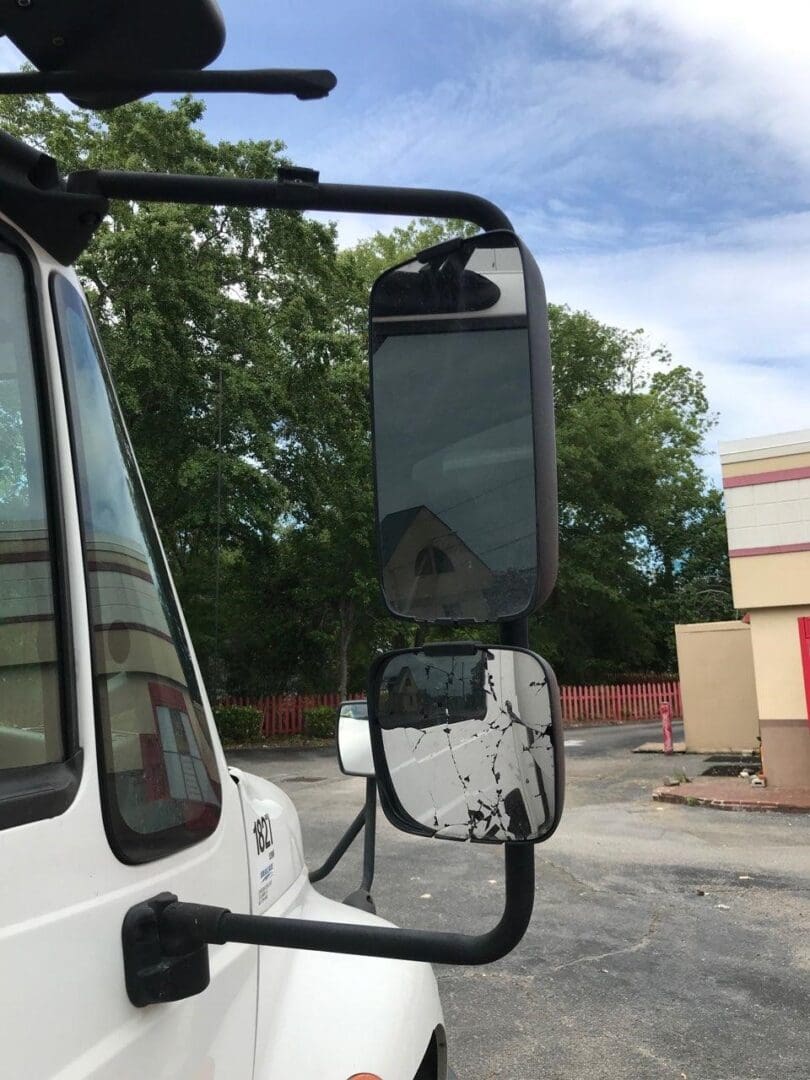
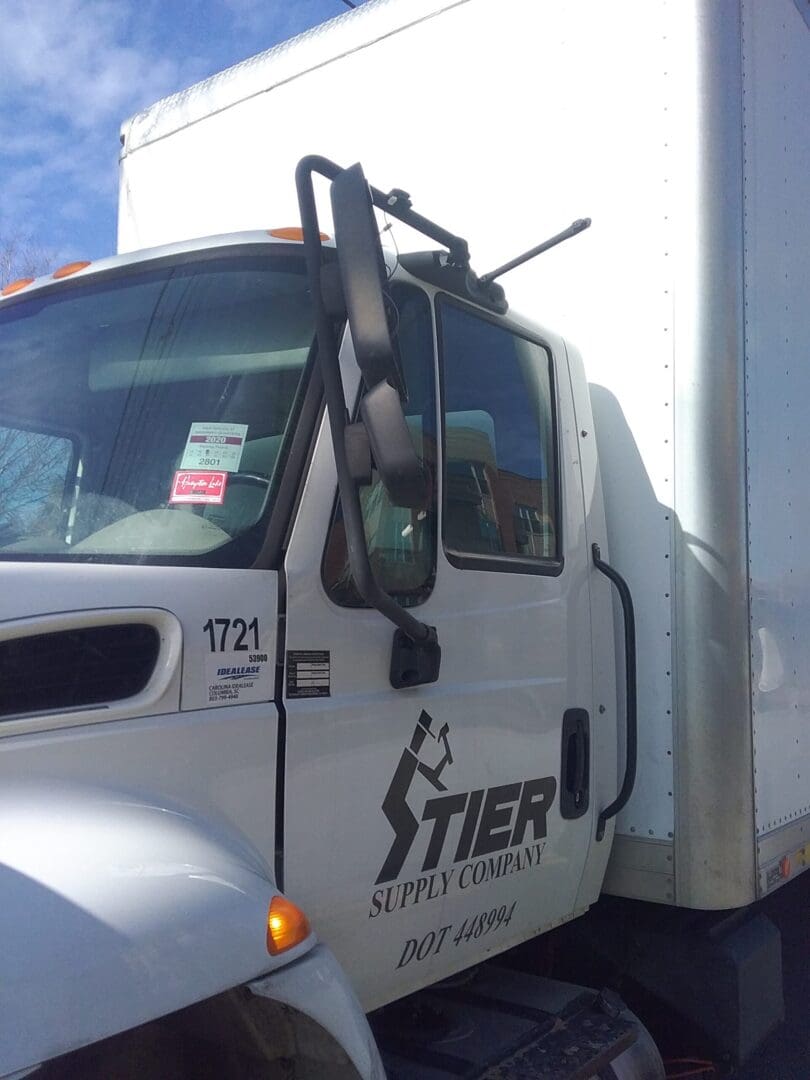
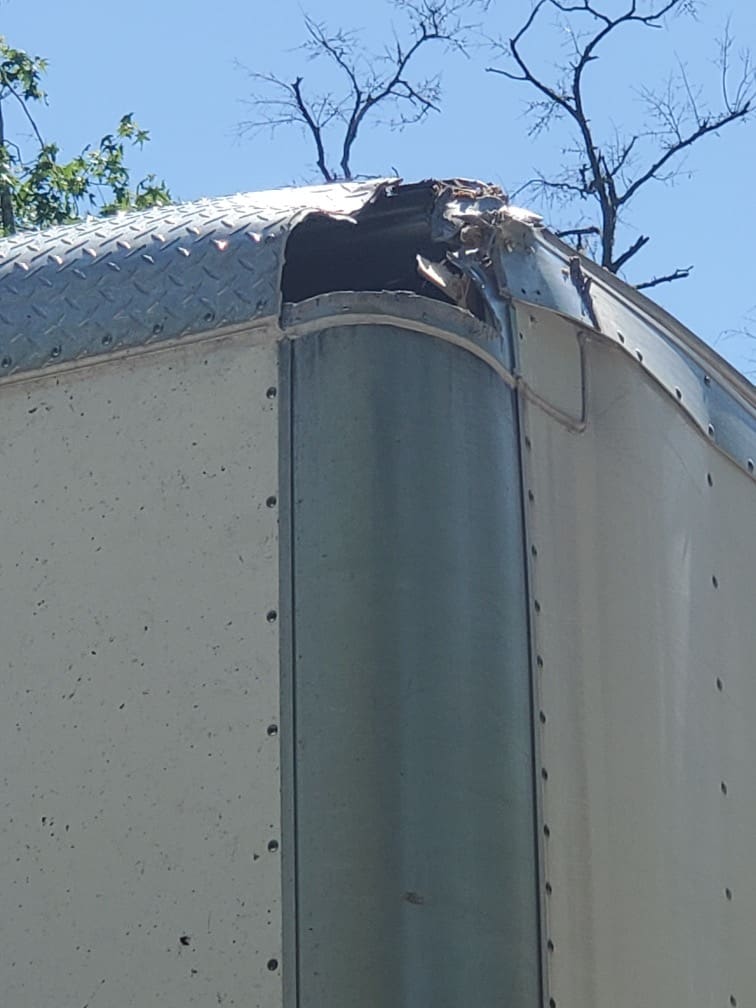
Frequently Asked Questions
Stier Supply Co.
1-800-909-DOOR (3667)
303 Bellinger ln
Gaston, SC 29053




